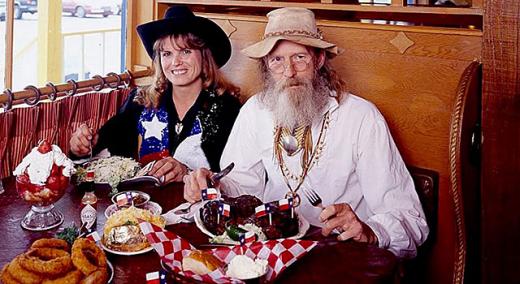Arnold Schwarzenegger tweeted a video of himself on March 15, 2020, saying: “No more restaurants.” Seated in his palatial kitchen with two miniature horses, Whiskey and Lulu, beside him, the former California governor pronounced: “We don’t go out; we don’t go to restaurants. We don’t do anything like that anymore.”
|
ADVERTISEMENT |
The immediate prompt for the video was, of course, the coronavirus pandemic, spread most easily by human-to-human contact. As a public health measure, mayors of New York, Seattle, Denver, and many other cities and states have ordered restaurants to switch to delivery and pickup service only.
…

Add new comment